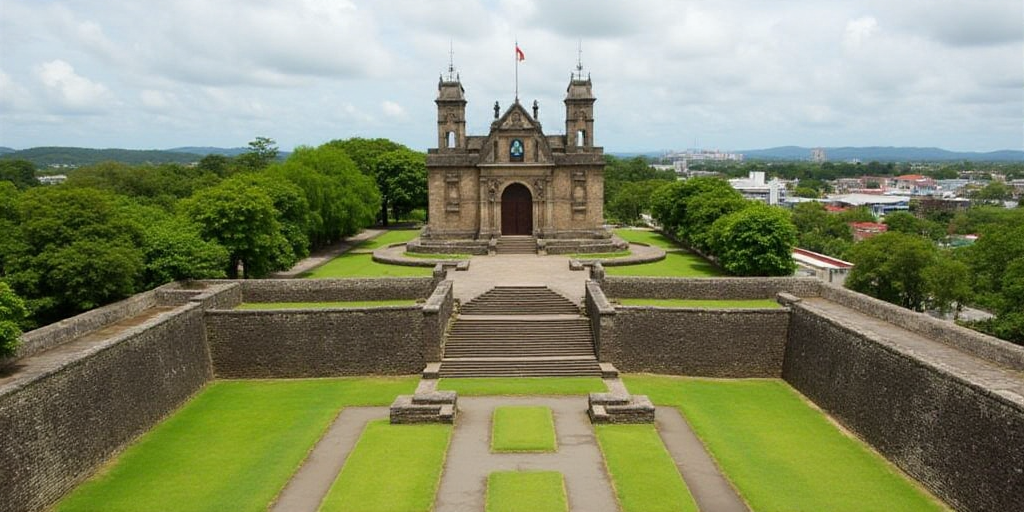The Transisthmian Colonial Route: A Historical Commercial Network
Panama’s colonial route, which facilitated the transport of goods and people across the narrowest part of the Americas and preceded the Panama Canal, has been designated a UNESCO World Heritage Site.
From the 16th to the 19th centuries, the Spanish Empire used this route to transport products from Asia and the Americas to Europe. The route consisted of a network of roads and rivers that carried goods from the Pacific coast to the Atlantic.
Key Origins and Destinations
- From current Peru and Bolivia, silver and gold arrived in Panama.
- From the Philippines, spices, porcelain, and textiles were transported.
To protect these goods, the Spanish built fortifications along the route.
Importance to International Trade
The Spanish crown could supply part of its colonies with European merchandise and, in turn, obtain American products for the Spanish industry and that of the rest of Europe.
Key Locations
The Transisthmian Colonial Route includes ruins of the first capital on the Pacific coast and the Casco Antiguo in present-day Panama City.
On the Caribbean side, the port city of Portobelo and Fort San Lorenzo are part of this route.
Goods were transported between both coasts using mules along the Camino de Cruces and Camino Real.
Historical Significance
In 1532, King Charles I of Spain ordered the exploration of a possible connection between the two oceans through a canal in Panama.
The Transisthmian route is considered a precursor to the interoceanic canal, inaugurated in 1914. The Panamanian route remains strategically important for global trade.
- The colonial route was a transisthmian route, just like the canal would later become.
- It served not only for European merchandise but also for the traffic of enslaved African people and products from the East. España had possessions in the Philippines, from where it obtained products from China.
Tourism and Cultural Preservation
British tourist Fran Panton finds the Casco Antiguo fascinating, surrounded by beautiful architecture in a city filled with skyscrapers.
“It’s great to be surrounded by such beautiful architecture in a city full of skyscrapers. It’s like a jewel,” Panton tells AFP.
“Panamanians could capitalize on their history and show the world another side of Panama,” he adds.
Key Questions and Answers
- What is the Transisthmian Colonial Route? It’s a historical commercial network that facilitated the transport of goods and people across Panama between the Pacific and Atlantic coasts.
- Why is it significant? The route was crucial for international trade, connecting 23 current countries and serving as a precursor to the Panama Canal.
- What goods were transported? Silver, gold from South America; spices, porcelain, and textiles from the Philippines; and other goods from Asia.
- Who used this route? The Spanish Empire, along with pirates like Francis Drake and Henry Morgan.
- What is the significance today? The route’s historical value can be leveraged for tourism and cultural preservation, showcasing Panama’s rich history.






